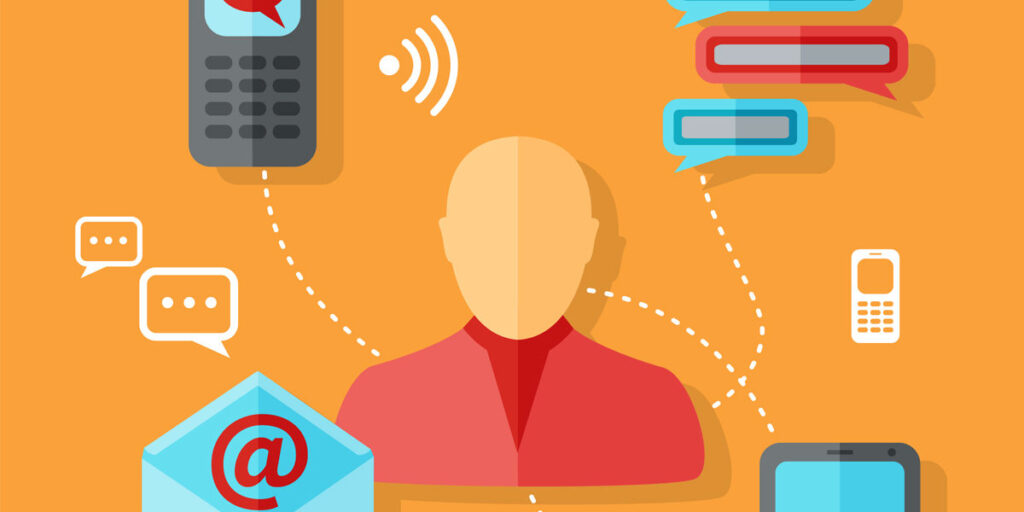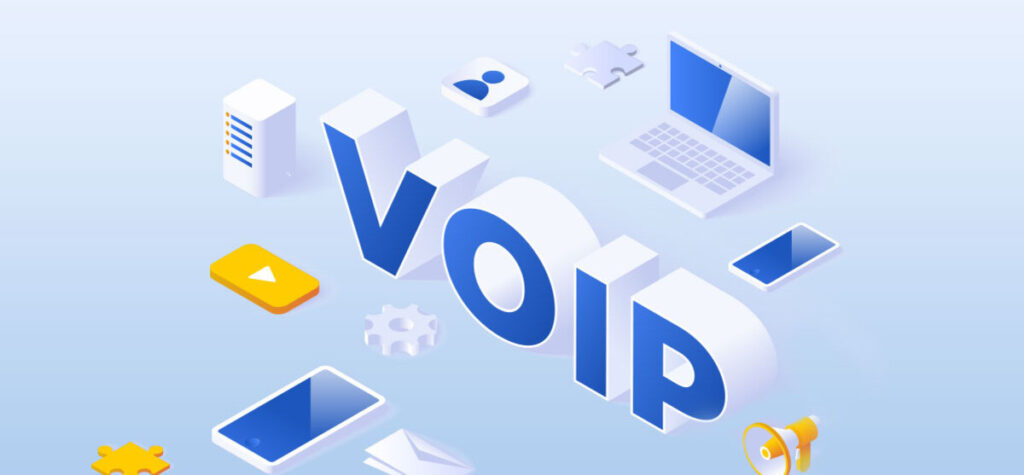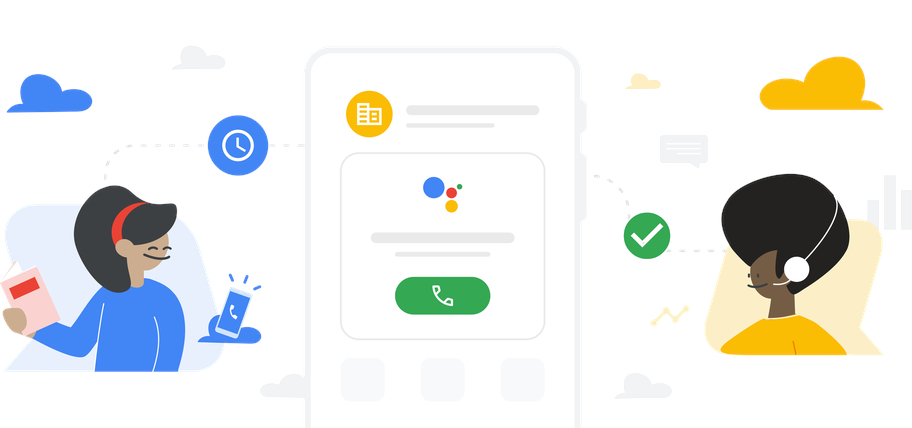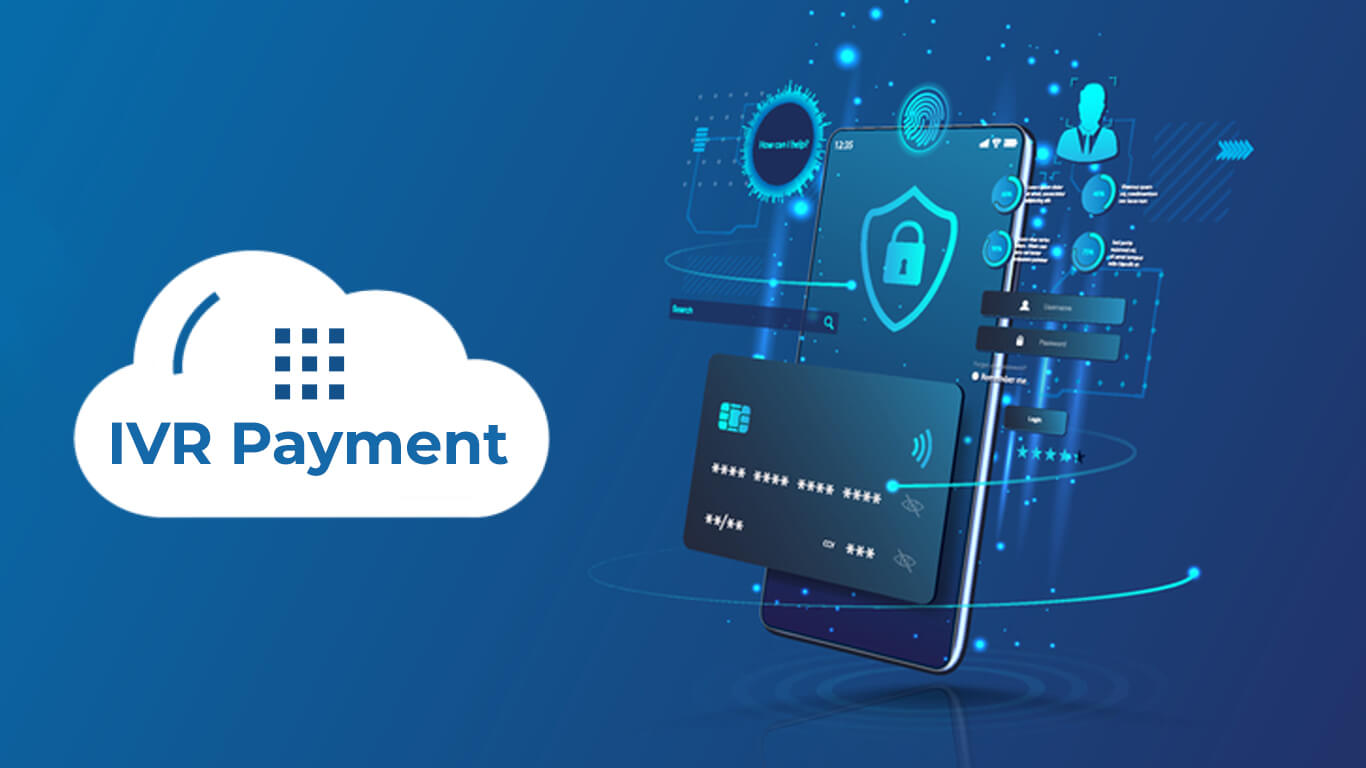Imagine you’re trying to talk to a person at a business and you must go through an automated phone menu, and a human receptionist, every time. After going through this process many times, you can get angry and say to yourself why you have difficulty reaching this person directly. This is probably because the company has not configured the Direct Internal Calling service.
What is Direct Inward Dialing?
Direct Inward Dialing ( DID) is the case of a phone service provider connecting a block of phone numbers to your company’s Private Switchboard (PBX). It helps businesses create virtual numbers that can also bypass main reception lines and go directly to a desk extension or a group of extension extensions. The DID number is also suitable for use with the special rate or toll-free numbers.
Other common names used for DID are direct dial numbers, direct dial, and so on. If someone tells you to contact me directly at my number, they are referring to you. Direct External Dialing (DOD) has the option to support a similar arrangement. The office phone uses outgoing calls from your site. You can conveniently use DOD without dialing or pressing a number before connecting to the operator as well.
What is a DID number?

From a customer’s perspective, the DID number is like any standard phone number. However, Direct Inward Dialing is a virtual number that goes from the peak to an extension and location in your company. You can think of it as a short phone line.
This system allows direct line phone numbers, and incoming calls to be sent to the telephone system owned by an organization. The function of directing callers to a single user. Performs dialing operations directly. This private call forwarding is managed by the VoIP phone system. Business VoIP Phone System has started to have active use in all workplaces over time.
How does DID work?
The use of Direct Inward Dialing has traditionally been shown to work in one of two ways. These:
• Public Switched Telephone Network (PSTN) lines
• Voice over Internet Protocol (VoIP)
Direct Dialing in the PSTN
First, a telephony service provider connects a set of outlines to the customer’s hosted PBX. The provider then receives a block of phone numbers. Assigns them as direct dial-in numbers to the customer.
When an incoming call reaches one of the direct dial numbers, routing from the international line to the customer’s PBX is provided. When the call arrives at the PBX, the dialing number and the caller are also provided. Finally, you can route an incoming call to the PBX directly to one of the business’s telephone extensions without the need for a carrier or auto operator.
In older telephone systems, direct dialing is treated using analog circuits. It also means that the customer’s equipment must provide a low-voltage signal for the phones in the system to work. Your telephone company’s Head Office (CO) checks to see if the line is operational. Thus, if it is terminated properly, it disables the circuit.
Typically, these analog lines rely heavily on the use of CO to provide signaling and call routing. The use of outlines for the Direct Inward Dialing service is one-way. Therefore, it is not unusual to combine the chests with the DOD. It means that the direct dial line can make calls and still be identified by the allocated Direct Inward Dialing phone number.
More recently, traditional telephone services have introduced the use of Direct Inward Dialing via Primary Speed Interface (PRI). You will need to have sufficient international lines leased from the telephone company.
Direct Internal Calling over VoIP

VoIP is the most modern and flexible method of using virtual direct dialing numbers with the help of SIP Trunk. SIP makes outline connections available when needed. These are not physical lines. Virtual connections are provided over broadband only when you need them. These connections are also configured internally. The numbers are linked to your extensions with a software application. You can also do this yourself. You can even have your VoIP provider do it for you.
The use of Direct Inward Dialing over VoIP is highly scalable. For example, you decided to launch a sales campaign next month where you should have 20 new home lines. You can easily do this yourself. You don’t need to contact your phone company and wait for them to allocate a block of numbers. You don’t even need to send a technician to physically connect the outlines to your PBX.
In the past, you may have had to wait weeks to perform these setups. However, the cost to you would be extremely high. VoIP systems, on the other hand, have many various features that take time to learn. Fortunately, many VoIP providers offer professional engagement and support.
Do I need Direct Inward Dialing?
You may have already invested in a reception system. But here is a question you need to ask yourself. Is this the most effective way to manage your incoming calls?
There are times when you will want your potential customer to go directly to your sales department, bypassing the phone menu or receptionist as well. You can start separating where your business and small business customers are also directed. If you have dedicated lines for customer service, sales, and other departments, and especially when combined with a VoIP system if it has a wealth of features, you will benefit from Direct Inward Dialing.
There are times when the use of DID may not be the right option for your business. For example, you recently had a case of quitting your job. If you also have direct dial-in numbers assigned to former employees, your decision to continue with limited work availability and DID will also be affected. It’s up to you to determine the importance of direct access of customers, buyers, and suppliers to departments.
Benefits of Direct-Dialing

The advantage of using Direct Inward Dialing today applies to businesses of all sizes, including These:
• Cost savings: If you want to connect your business with DID, you can start by reducing the number of outlines required to do so. With a VoIP system, you can deliver DIDs to different continents, saving costs that are much longer distances.
• Save time: You can spend time by routing calls directly to people without the need for a receptionist or phone menu. At the same time, when their representatives have a single number, it will be much easier for customers to keep track of them.
• A better customer experience: Customers can transport employees when they need them without any barriers. This can provide a different experience by taking into account the perspective of the customers.
• Team communication: Employees may be in different buildings, cities, or even countries. Nevertheless, it is possible to communicate with team members wherever they are through a special extension.
• Local phone numbers: People are more likely to call local phone numbers. For example, a business operating in New York can also create a phone number for Miami or London for customers in the same industry.
• Available equipment: Thanks to VoIP, direct dial-up entries can take place in the telephone network. You also don’t need to buy almost all new phones or hardware.
• Automatic call forwarding: You can have your direct line connect incoming calls to your mobile phone or other temporary numbers with automatic forwarding without the customer knowing these special numbers.
• Flexibility: With DID, you have more control over where and when you receive calls. A mobile workforce requires a flexible solution. Combining the power of VoIP, DID, and SIP with mobile phones, email, and SMS equates to a much more robust telecommunications system for your business.
• Time settings: You can automatically forward calls to different numbers at specific times. It helps at the point of after-hours support for different time zones, especially for global teams.
• Marketing feature: it is possible to accurately track the performance of each campaign by assigning different numbers to different marketing campaigns.
How do I get DID?
With direct dialing phone numbers, it’s now much easier to reach your customers and vendors with the people and departments in your company. Direct Inward Dialing allows incoming callers to bypass the phone tree and bypass call queues as well. You’ll probably also have some work phones before you start this business. You can easily transfer them with a method known as migration. You then send those numbers to each user in your phone system. All these operations can be performed effortlessly through the management dashboard.



